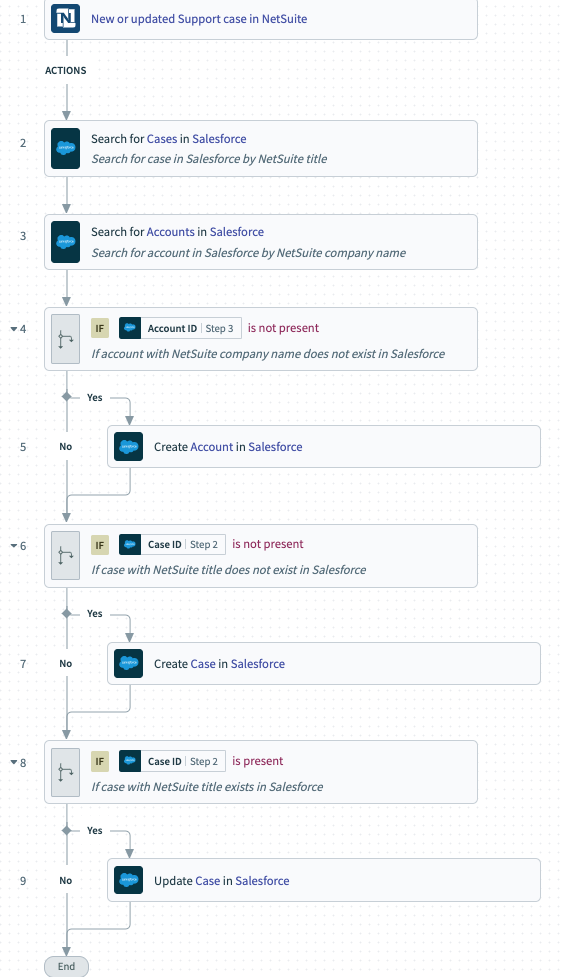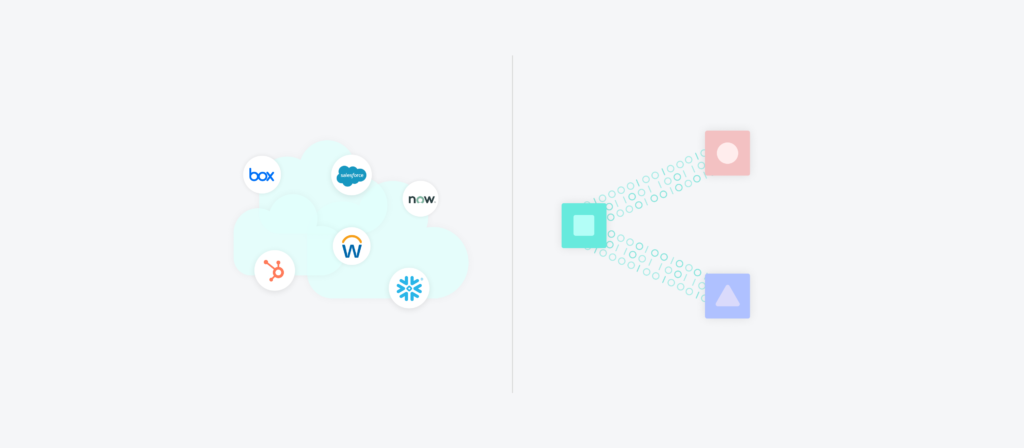The rise of software as a service (SaaS) has led to new, cutting-edge technologies, from storage solutions like Box to customer relationship management platforms like Salesforce. And while perhaps it isn’t at the top of your mind, this list also includes an integration platform as a service, otherwise known as an iPaaS.
To help you better understand this integration technology, we’ll define it, share a common use case, and explore its relationship with SaaS.
To get started, let’s align on the definition of SaaS.
What is SaaS?
SaaS, which can also be referred to as on-demand software or web-based software, is simply a way of delivering applications over the internet. It allows users to avoid downloading software and acquiring and maintaining hardware; instead, the vendors themselves host and provide their applications.
SaaS vendors also use subscription-based billing, which allows clients to avoid long-term contracts and pay providers in specific time-based increments, such as once a month or once a year. In many cases, billing is based on platform usage, ensuring that clients are (more or less) charged by the amount of value they realize from the platform.
Related: PaaS vs iPaaS
What is an iPaaS?
An iPaaS is a cloud-based middleware technology that allows you to integrate applications, data, and processes. Once connected, you have the foundation necessary to implement data synchronizations, automations, and API-based compositions.
To make this more tangible, let’s cover a common iPaaS use case: integrating your ERP system with your CRM and implementing a data sync that keeps the applications’ support cases in sync.
For context, this use case allows your employees in accounts receivable to notify either (or both) the sales rep who sold to the client or the customer success manager who manages the account of a payment issue—as these customer-facing employees can see the issue within the platform they work in (your CRM).

Basically, any time a support case gets added or modified in an ERP like NetSuite, it triggers a workflow where a corresponding case in a CRM like Salesforce gets created or updated accordingly and in near real-time.
With these overviews in mind, let’s address the following overarching question…
Related: The top benefits of an iPaaS solution
What is the difference between SaaS and iPaaS?
There isn’t necessarily a difference between the two, as an iPaaS is a category within software as a service solutions. That said, SaaS also encompasses a variety of other categories, including CRM platforms, ERP systems, document storage solutions, among many others.

Leverage an enterprise iPaaS solution (and more) with Workato
Workato, the leader in enterprise automation, offers enterprise-grade iPaaS capabilities, while also allowing you to implement powerful, end-to-end workflow automations via a low-code UX.
